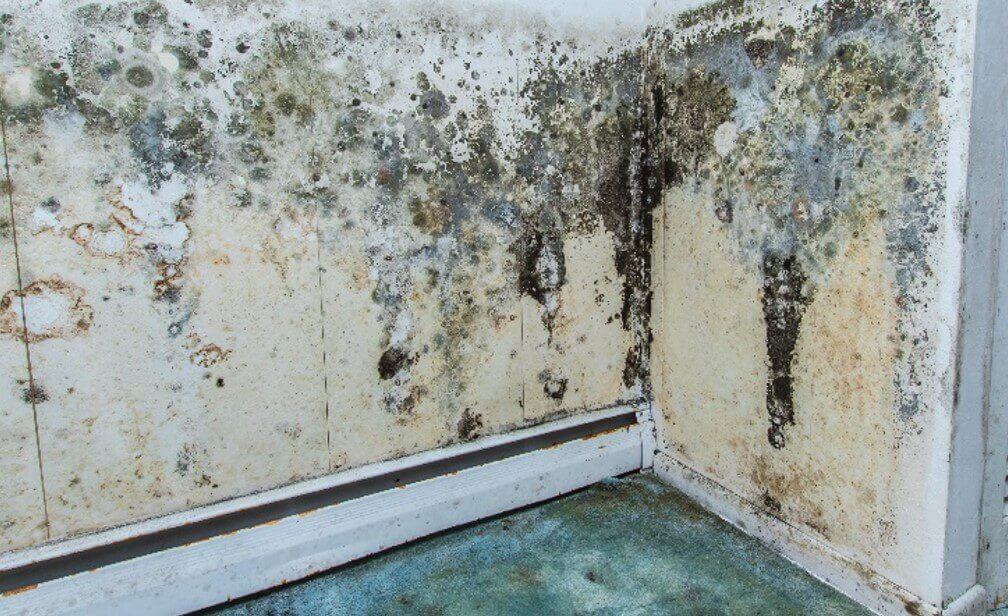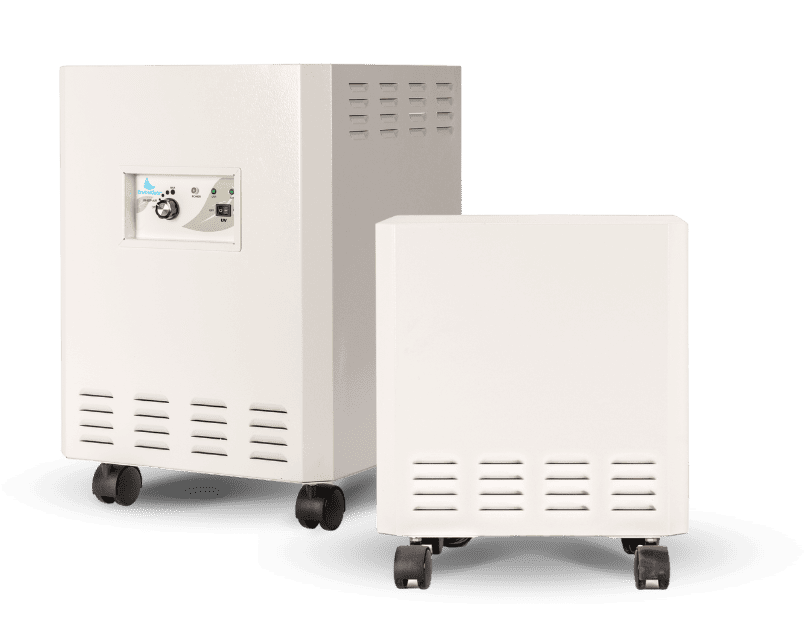Molds are an important part of the environment, helping to enrich the soil. However, these microorganisms can become problematic if left to thrive in our homes and businesses. Some are very toxic, affecting human health in many ways. You may have a mold problem if you notice a foul stench, discolored spots on walls or ceilings, or frequently fall ill.
Preventing mold growth is the best way to avoid mold-related health issues and property damage. But how can you stop mold from growing and spreading, considering it is nearly impossible to completely eradicate it from the environment? And exactly how long does it take for mold to grow and start wreaking havoc?
Here’s all you need to know about how fast mold grows so you can take appropriate action at the right time.
What Causes Mold Growth?
Mold colonies in homes and businesses are usually due to the excess water and water damage. Fungi can start to develop on your property after flooding, especially if the water is not properly dried.
However, the most common causes of mold growth in indoor environments include the following:
- Leaky or burst pipe
- Roof leak
- High humidity (from humidifiers, dryer vents, and other moisture-producing domestic appliances)
- Damp basements
- Blockage in sewer pipes causing sewage backups
How Long Does It Take for Mold to Grow?
Under the right conditions, indoor mold grows pretty quickly. According to the Environmental Protection Agency (EPA), it takes only about one to two days (24 to 48 hours) of water exposure for mold to develop. However, mold colonies usually take longer than a few days to become visible.
Molds reproduce very quickly through tiny spores that can travel through the indoor and outdoor air. Think of mold spores like seeds that germinate and thrive when watered in a supportive environment. Water (or moisture) and organic material are the main things mold spores need to grow.
Ever wondered why household mold and mildew (early-stage mold) grow on drywall, wood, and other building materials? It’s because these materials contain cellulose, the organic nutrient that mold uses as food.
And because our homes and businesses consist of various building materials, all it takes for visible mold to appear and grow is moisture on the right surface and a little bit of time (48 hours at most).
How Fast Can Mold Develop and Spread?
Various mold species have different growth rates, but it all comes down to the level of moisture available and the material it is growing on.
Typically, when mold spores land on moist surfaces, they begin to germinate within a few hours. Once developed, mold will colonize anywhere between three and twelve days, and the colonies will become visible within three weeks.
Left unchecked, mold colonies will spread all over the affected surface, causing damage and floating through the air to other wet surfaces.
Depending on the extent of damage, you might need professional help to remove mold infestation.
How to Prevent Mold Growth
The best way to prevent mold growth is to stay on top of moisture. By controlling moisture and excess water in indoor environments, you essentially remove one of the most important contributing factors to indoor mold growth.
Here are some quick tips to help control moisture in your environment, boost air quality, and prevent mold from growing, spreading, and causing damage.
Quickly Clean Spills and Promptly Address Standing Water
Spills are unavoidable, but a quick and thorough cleanup will ensure a moist-free surface and reduce the chances of mold developing. Keep an eye on any water issues in your property, particularly around foundation walls and floors.
Provide Adequate Ventilation and Air Circulation
Fresh air can significantly reduce indoor humidity, so open the windows whenever possible to move air around. If possible, install fans and vents in moisture-prone rooms as well as rooms with higher humidity levels like bathrooms, kitchens, basements, and laundry rooms.
Open a Window or Door When Showering
If you don’t have vents in the bathroom, opening a window during and after showering can be helpful. This way, you increase the air circulation in the confined space and prevent moisture buildup. If your bathroom has no windows, consider leaving the door slightly open.
Wipe Down Damp Surfaces
Condensation occurs when warm water vapor comes into contact with a cold surface. Condensation in poorly ventilated indoor spaces can encourage mold growth. To stop this, routinely wipe down damp surfaces like windows, walls, and bathtubs.
Dry Clothes Properly
Leaving wet clothes in a pile or bunched up inside the laundry hamper creates the right conditions for mold to grow. Also, letting laundry sit in the washer for too long is not a good idea. Your clothes will likely come out smelling bad, and you will probably have bacteria and mold to contend with.
Remove laundry from the washing machine as soon as the cycle is complete. Whenever possible, hang your damp clothes to air dry outside.
Drain and Clean Drip Trays
Several home appliances like refrigerators, air conditioners, and dehumidifiers feature drip trays to help collect and safely remove excess water. While drip trays are very functional, forgetting to empty them is a common oversight.
To reduce the chances of mold developing in drip trays and spreading to other areas of the home, ensure to regularly drain and clean them properly.
Protecting Yourself From Mold Toxicity
Now that we’ve answered the question, “How long does it take for mold to grow?” it’s time to learn how to protect yourself from the hard-to-avoid fungi.
While you can prevent a full-blown mold infestation, it is not possible to completely eliminate it from your home or business, no matter how hard you try.
That said, you can protect yourself from any health problems associated with mold exposure. One of the best ways to do this is by installing a first-rate air purification system with a HEPA-grade filter for mold removal and allergen control.
An air purifier ensures clean indoor air, and breathing clean air reduces the risk of developing airborne-related illnesses.
EnviroKlenz® Medical Disclaimer:
“Any information that is provided on this website is not for the use by any commercial or personal entity without expressed written consent of the blog author. The material and statements illustrated within this blog are not intended to diagnose, treat, cure, or prevent any diseases or medical conditions. Nor does the author in any way guarantee or validate the validity, totality, or efficacy of any claims and will therefore not be held responsible for the content of any claims. Always consult your medical physician for any specific medical advice or recommendations.”









